Smørrebrød is a timeless Scandinavian delicacy, encapsulating the laid-back dining scene in Denmark. Smørrebrød roughly translates to “butter bread:” it’s an open-faced sandwich (typically on buttered rye bread) traditionally topped with any combination of herring, shrimp, salmon or pork, along with remoulade and greens.
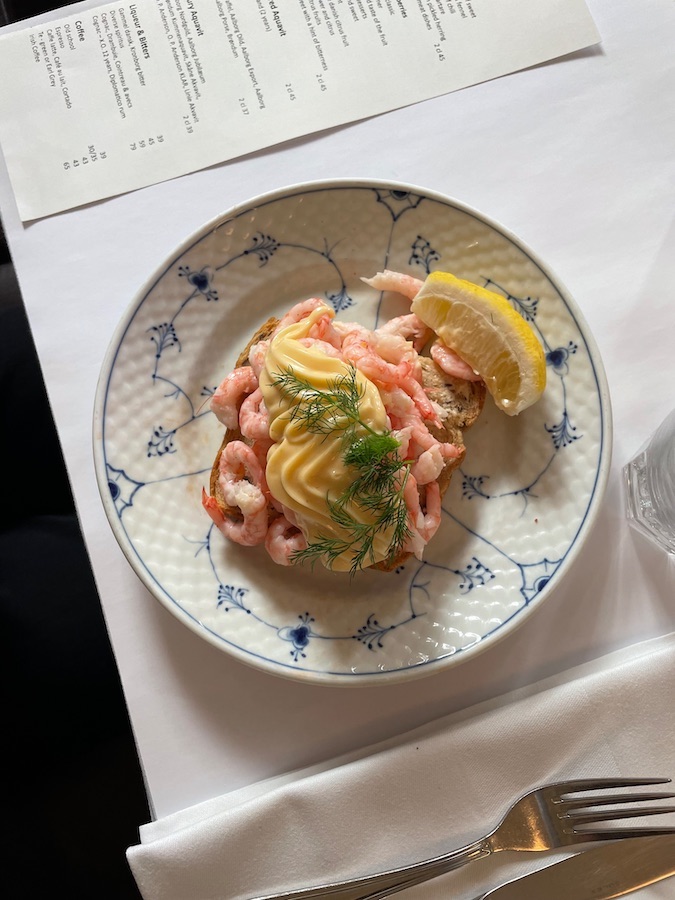
The History
Danish smørrebrød originated in the early 1800s when the country centered around a largely agricultural economy. Farmers would pack themselves lunch for their long workdays, stacking the previous night’s leftovers on a slice of rye bread, which was used as a plate.
As the Industrial Revolution swept across Scandinavia during the latter half of the 19th century, smørrebrød remained an optimal lunch for workers — from fields to factories.
Restaurant Kronborg, nestled in the heart of Copenhagen, prides itself on serving “homemade food and cosiness” to its patrons. The classic and charismatic restaurant lies in the basement of one of Copenhagen’s first buildings and is only a seven-minute walk from The Round Tower, an observatory spot to see the cityscape from above.
Why It’s Newsworthy: Restaurant Kronborg’s goal to provide customers with a homey dining experience coupled with over 40 renditions of Danish smørrebrød makes it one of Copenhagen’s prime spots for the city’s visitors.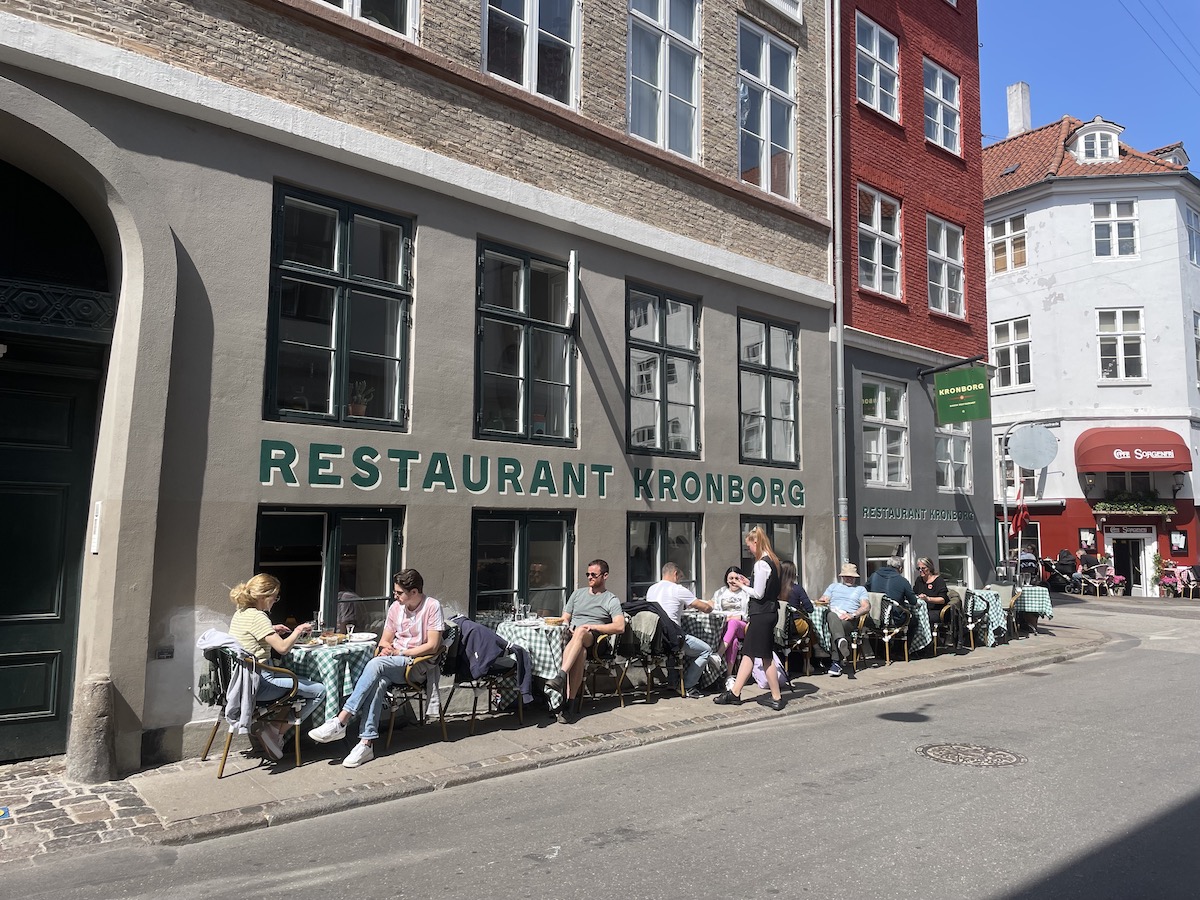
The Experience
Restaurant Kronborg resides in one of the city’s oldest buildings — still standing from the 1600s. The stone building was one of the only survivors of Copenhagen’s bombing by England, and displays a rogue cannonball outside of the men’s restroom to show for it.
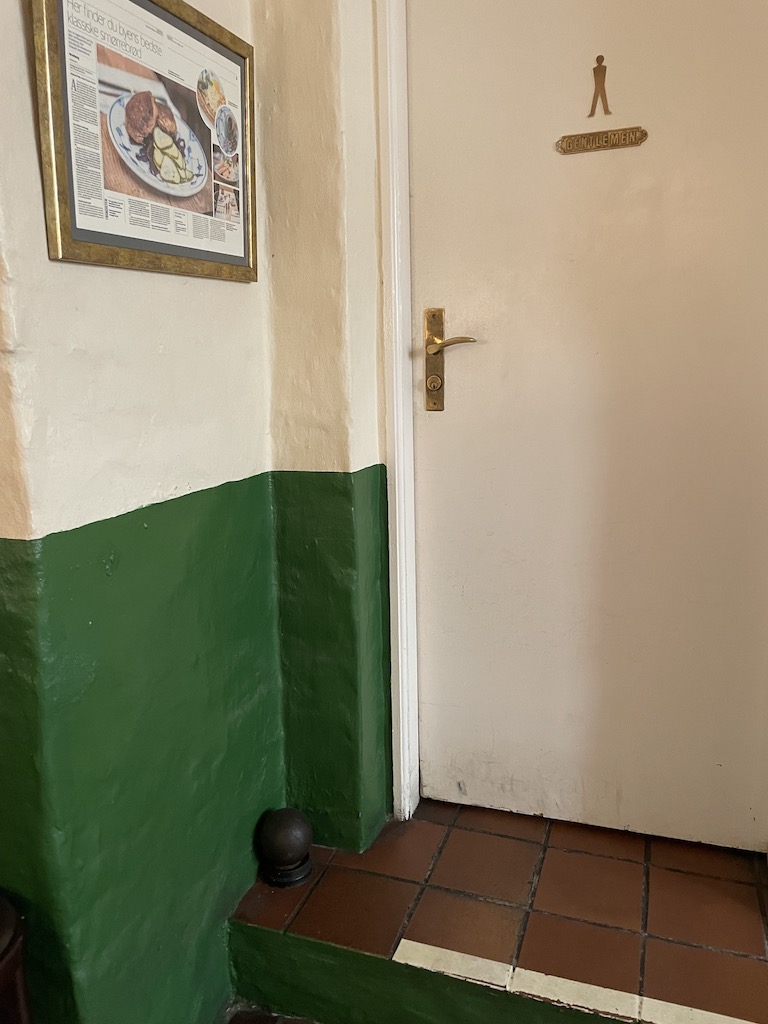
Traditional smørrebrød is the restaurant’s specialty, and according to Sen Frank, the head Food and Wine Editor for Berlingske, they’ve perfected it:
“There is no fiddling about at Kronborg, just razor-sharp execution of classic smørrebrød,” Frank wrote.
The most traditional Danish plates offered at Restaurant Kronborg are the pan-fried filet of plaice, Danish meatballs and roast pork. Customers can choose any number of smørrebrøds to try, whose small sizes mirror those of Spanish “tapas.”
Restaurant Kronborg’s menu is seasonal, changing every three months to maximize the season’s freshest produce. Owner Leonard Børger said the restaurant’s primary values are about producing quality comfort food and making customers feel at home.
“This is a workplace for the staff, but it’s the customers that are in the center,” Børger said.
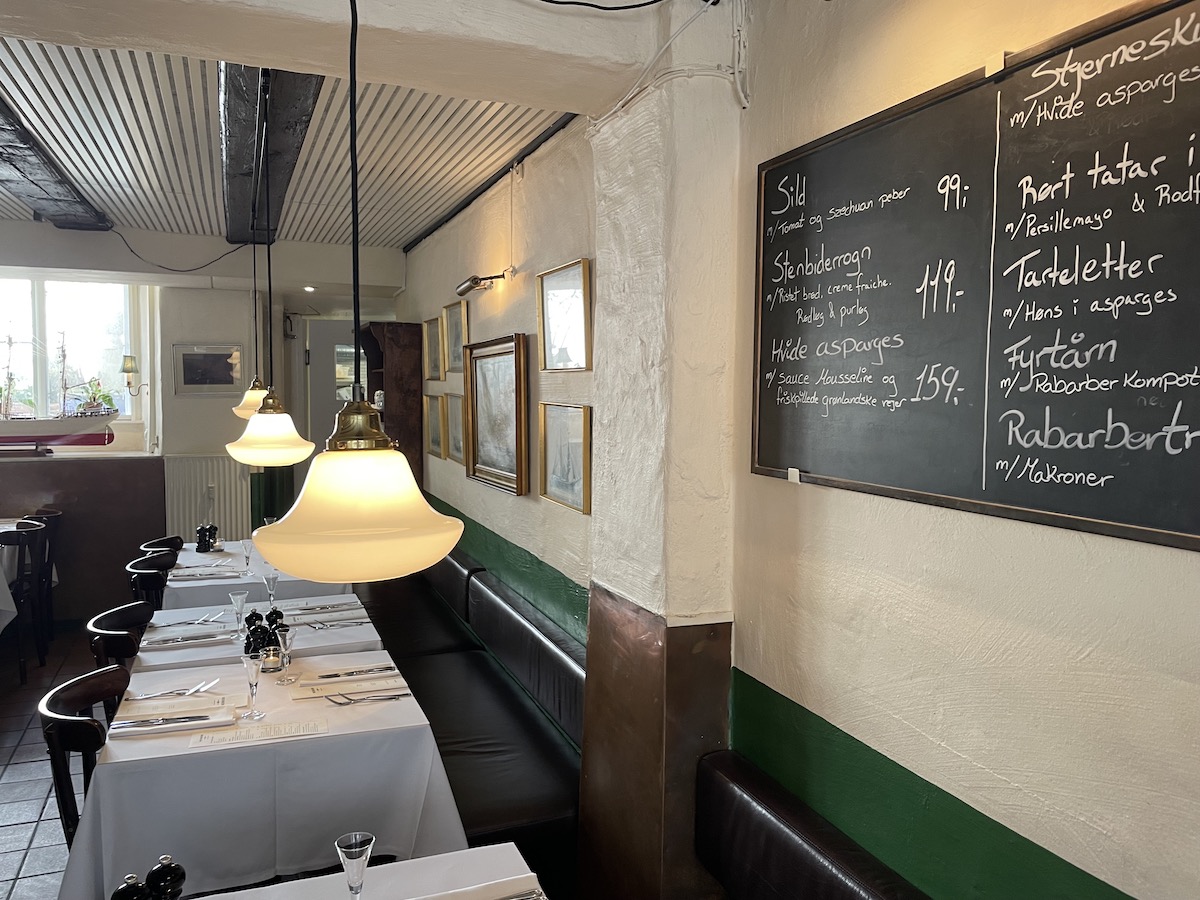
One of the most unsuspecting smørrebrød offerings at Kronborg is pan-fried veal liver, a dish that remains popular among the restaurant’s older customers. Børger said there’s a renaissance of young food enthusiasts itching to try traditional Danish dishes, so the once-outdated offerings are being met with a revamped wave of popularity.
Even for first-time Restaurant Kronborg visitors, the ambiance is palpable. Copenhagen native Kathrine Holm dined inside the restaurant for the first time, eating the pan-fried plaice filet smørrebrød with hand-peeled Greenland prawns, dill mayonnaise and lemon, alongside a potato smørrebrød topped with bacon, mayonnaise and onion.
Holm said she would dine at Kronborg again, noting the restaurant’s pleasant atmosphere.
“It’s old-fashioned and cozy,” Holm said.
The Legacy
What sets Restaurant Kronborg apart from other smørrebrød shops is the intentionality behind presenting customers with an easy, relaxed meal — successfully encapsulating the Danish concept of “hygge,” which focuses on comfort and contentment.
“The core value is to make something homemade,” Børger said. “[Kronborg wants to] give the guests a feeling of being with their grandma… If those two things disappeared, there will be no restaurant.”
Helen Sorme is a junior majoring in journalism and sociology.


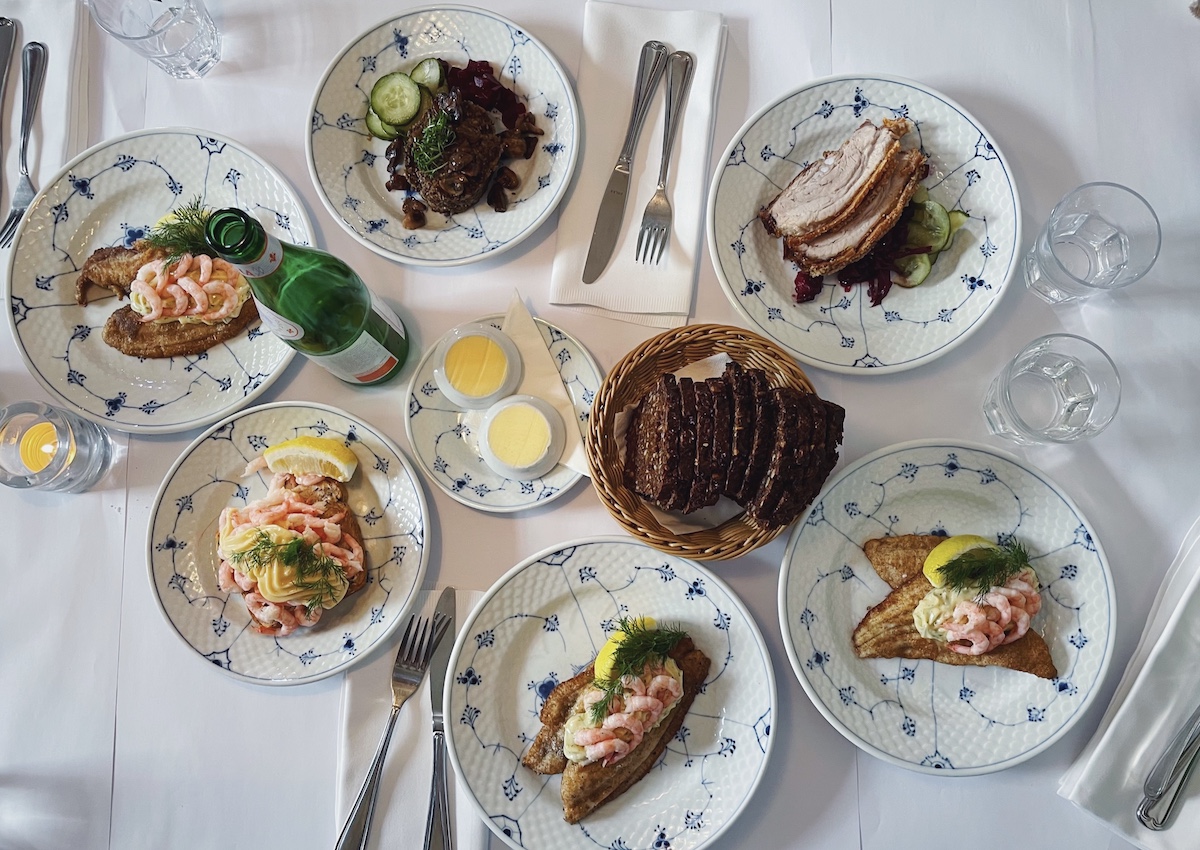






Show Comments (0)